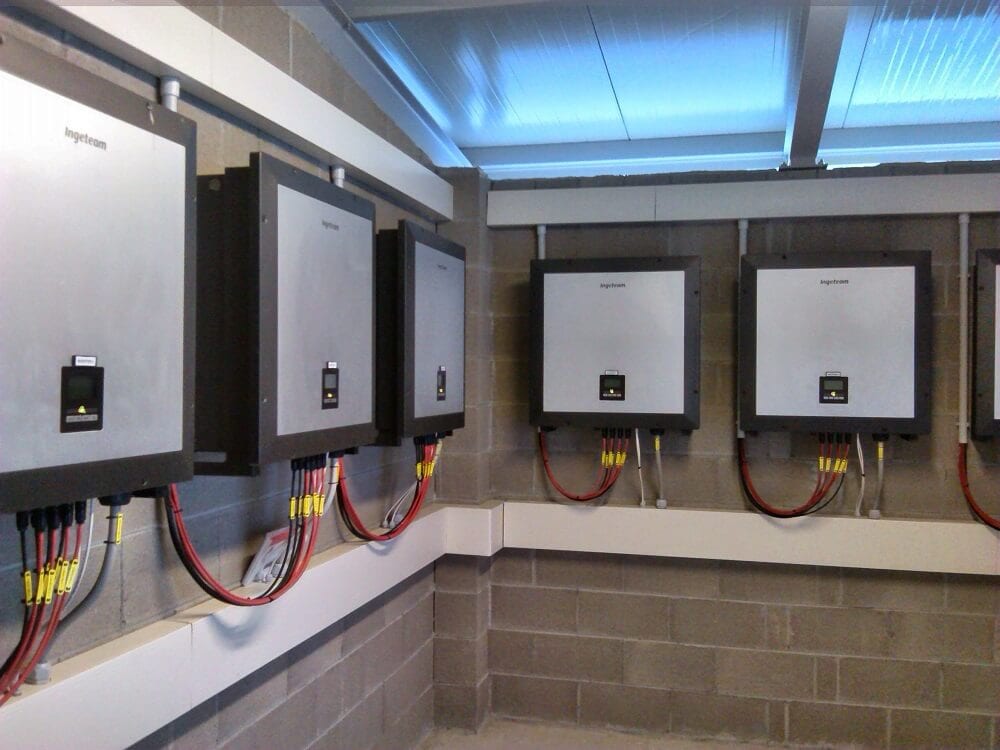Navitas Semiconductor today announced the world’s first Gallium Nitride (GaN) Power ICs, using its proprietary AllGaN™ monolithically-integrated 650V platform. Combining GaN power FETs with GaN logic and drive circuits enables 10x-100x higher switching frequency than existing silicon circuits, making power electronics smaller, lighter and lower cost. A new generation of high frequency, energy efficient converters is being enabled for smartphone and laptop chargers, OLED TVs, LED lighting, solar inverters, wireless charging devices and datacenters.
“Breaking Speed Limits with GaN Power ICs”
“GaN has tremendous potential to displace silicon in the power electronics market given its inherent high-speed, high-efficiency capabilities as a power FET,”
says Dan Kinzer, Navitas CTO & COO.
“Previously, that potential was limited by the lack of equally high performance circuits to drive the GaN FETs quickly and cost effectively. Navitas has solved this remaining challenge to unlock the full potential of the power GaN market. With monolithic integration of GaN drive and logic circuits with GaN power FETs, the industry now has a path to cost-effective, easy-to-use, high-frequency power system designs.”
CEO Gene Sheridan added,
“The last time power electronics experienced a dramatic improvement in density, efficiency and cost was in the late 70s when silicon MOSFETs replaced bipolar transistors, enabling a transition from linear regulators to switching regulators. A 10x improvement in density, 3x reduction in power losses and 3x lower cost resulted a short time thereafter. A similar market disruption is about to occur in which GaN power ICs will enable low-frequency, silicon-based power systems to be replaced by high-frequency GaN with dramatic improvements in density, efficiency and cost. This is an exciting time for the industry.”
About Navitas:
Navitas Semiconductor Inc. is the world’s first and only GaN Power IC company, founded in El Segundo, CA, USA in 2013. Navitas has a strong and growing team of power semiconductor industry experts with a combined 200 years of experience in materials, circuits, applications, systems and marketing, plus a proven record of innovation with over 125 patents among its founders. The proprietary AllGaN™ process design kit monolithically-integrates the highest performance 650V GaN FET and GaN driver capabilities. Navitas GaN Power ICs enable smaller, higher energy efficient and lower cost power for mobile, consumer, enterprise and new energy markets. Over 25 Navitas proprietary patents are granted or pending.



